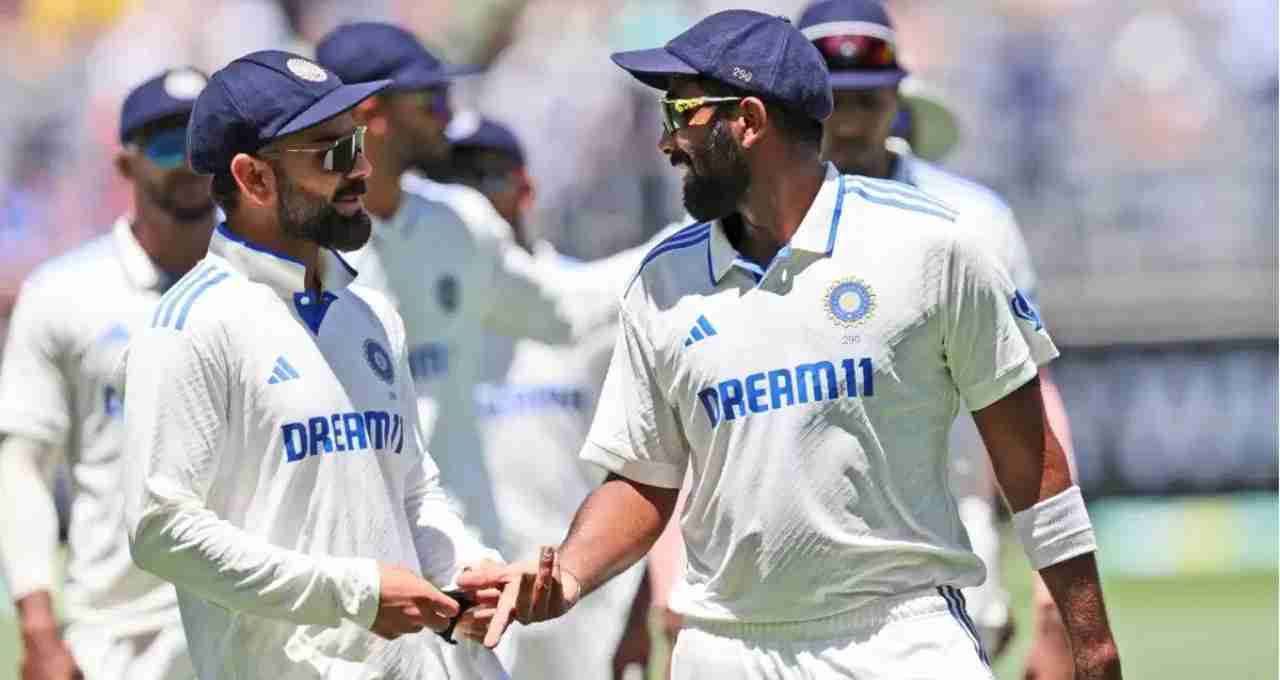The ICC is implementing several rule changes for One Day Internationals (ODIs) and Test cricket starting in June. A significant change involves the use of the cricket ball in ODIs.
Sports News: The International Cricket Council (ICC) has decided to introduce key rule changes in Test and ODI cricket, effective from June. These changes aim to enhance the excitement of the game and provide better opportunities for bowlers. In recent years, especially in ODIs, batsmen have dominated, making it increasingly difficult for bowlers to maintain control. The ICC has therefore introduced rules that will favor bowlers and increase competition.
New Rules Regarding Ball Usage in ODI Cricket
Currently, ODIs use two new balls, one from each end. This makes it difficult for bowlers to achieve reverse swing, as the balls don't wear out quickly. The new rule stipulates that two balls will be used until the 17th over, after which only one ball will be used from the 35th over onwards.
This change directly benefits bowlers, as the single ball will become older after the 35th over, facilitating reverse swing. This will give bowlers more opportunities to gain control in the final 15 overs, making it more challenging for batsmen to score quickly.
This new rule will be implemented in the ODI series between Sri Lanka and Bangladesh, starting July 2nd. For matches of 25 overs or less, only one ball will be used. Furthermore, the fielding captain will decide which end the single ball will be used from after the 35th over.

Changes to Boundary Catches and DRS Rules
Modern fielding standards have made boundary catches commonplace. However, this has also led to disputes regarding whether a catch was taken inside or outside the boundary. The ICC has addressed this by modifying the rules concerning boundary catches.
Simultaneously, the rules governing the use of the Decision Review System (DRS) will be improved to enhance transparency and player satisfaction. Further details regarding DRS changes will be released soon. These modifications are crucial in reducing disputes and strengthening the fairness of the game.
New Conditions for Concussion Substitutes
The ICC has significantly altered the concussion substitute rule. Before a match begins, each team must submit the names of five players to the match referee who can be used as concussion replacements.
This list will consist of a wicket-keeper, a spinner, an all-rounder, a batsman, and a fast bowler. If a player is injured during the match, a replacement of the same role will be brought in. This rule will be implemented in Test cricket after the 2025 World Test Championship final.
It will be first used in the two-match Test series between Sri Lanka and Bangladesh starting June 17th. This change will help teams select immediate and better alternatives for injured players, maintaining the match's quality and competitiveness.

Enhancing the Excitement of Cricket Formats
The ICC's changes aim to make Test, ODI, and T20 cricket more exciting and competitive. These rules are considered vital in balancing the game while providing relief to bowlers. Experts believe that limiting the use of two balls in ODIs and then using one will allow bowlers to adopt new strategies. This will allow fast bowlers to utilize reverse swing in the latter stages of an innings, making scoring even more challenging for batsmen.
Changes to boundary catch rules and DRS will help reduce disputes and increase transparency in decisions. The concussion substitute rule will improve player safety and the quality of team replacements. With these changes, cricket will see new rules in play from June, offering a fresh experience for players and spectators alike.















